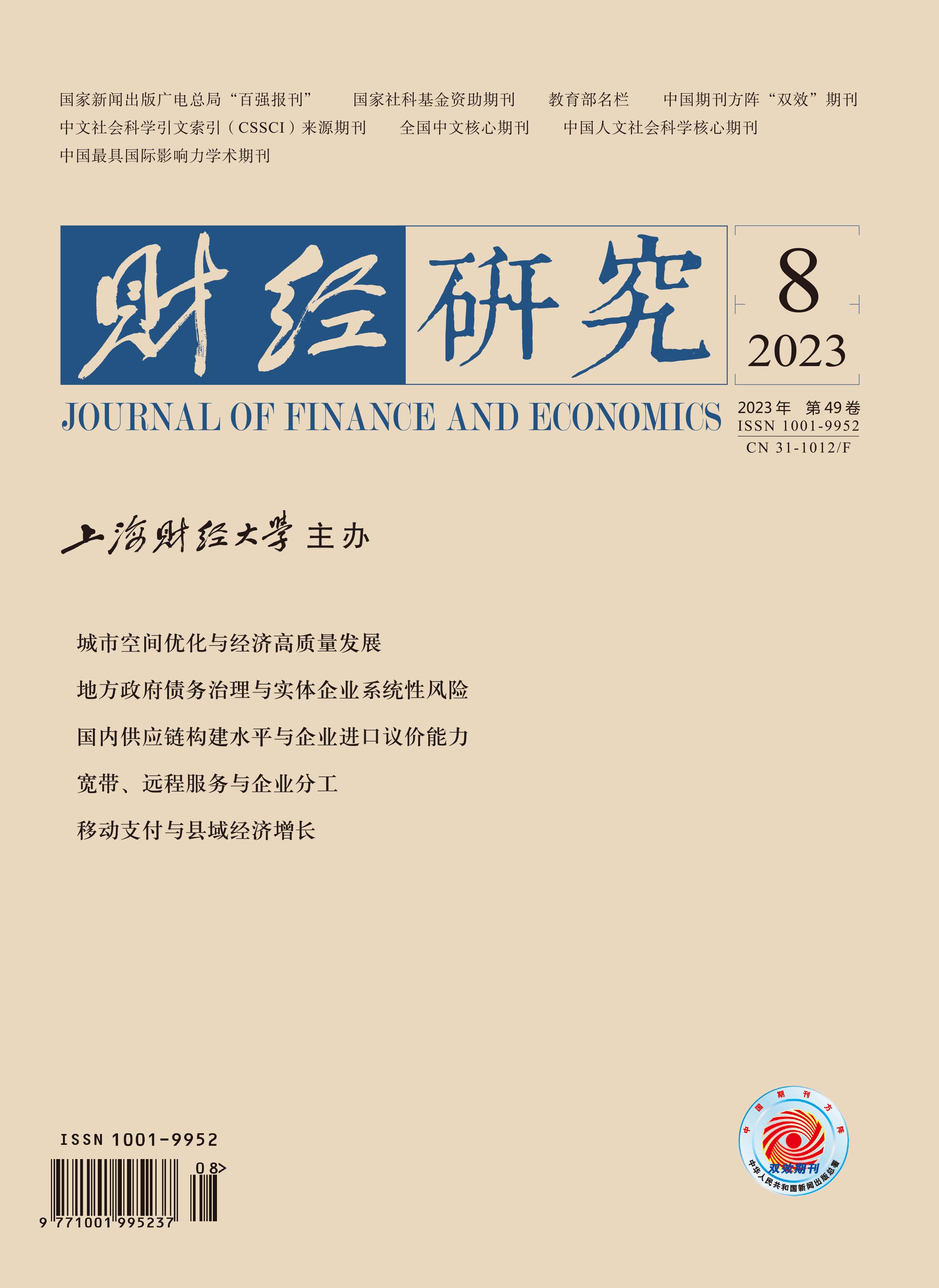High-quality and full employment of migrant workers is an important element of integrated urban-rural development and common prosperity. Migrant workers are a vulnerable group, and the sudden shock has a huge impact on their employment. Then, the impact and mechanism of public health emergency on the employment of migrant workers, and how to protect and promote their high-quality employment have already attracted wide attention from the society.
This paper theoretically and empirically demonstrates the impact of public health emergency on migrant workers’ wage income, employment location, and agricultural employment. The results show that under major public health emergency, the change of labor demand and the decrease in market allocation efficiency have enhanced the downward pressure on the wage of migrant workers and brought the adverse income effect. In addition, due to the higher uncertainty risk, the opportunity cost for migrant workers to work outside their counties is high, and the employment within their counties increases, resulting in migrant workers’ mobility decreasing. Given the limited non-agricultural employment opportunities, migrant workers take advantage of the labor reservoir effect of agriculture to re-employ in agriculture and obtain temporary employment guarantees to counteract public health emergency. Moreover, the unemployment effect of cities and the substitution effect of labors are the potential channels that the sudden shock affects the employment choice of migrant workers. Therefore, incorporating more migrant workers into the employment security system, vigorously developing the county economy, promoting agricultural modernization and rural industrial integration, and strengthening assistance and support for vulnerable migrant workers through skill-training are important ways to ensure the livelihood of migrant workers and improve their employment quality.
The marginal contributions of this paper are as follows: First, based on the analysis of supply and demand in the labor market and the driving and pulling forces of labor migration, it explores the cross-regional mobility and non-agricultural employment choices of migrant workers, and constructs the logical framework of “Sudden Shock–Migrant Workers’ Mobility–Agricultural Re-employment”. Second, based on the nationwide China Family Panel Studies, it uses quasi-experimental analysis to study the impact of macro-shocks on the employment decisions and behaviors of migrant workers’ micro subjects. Third, it fully considers the endogeneity issue to test the impact of public health emergency on the employment of migrant workers.





 4979
4979  3073
3073

